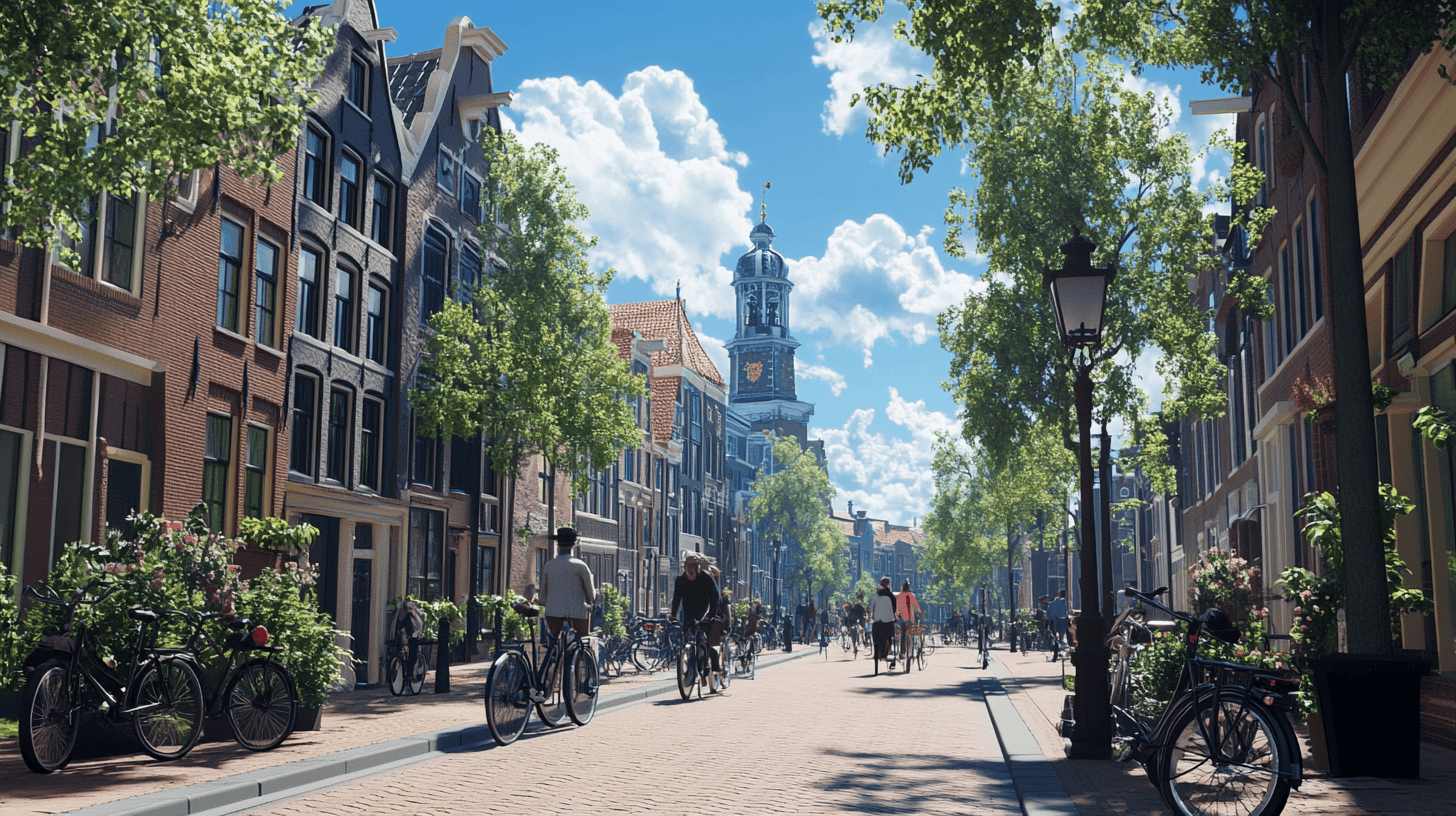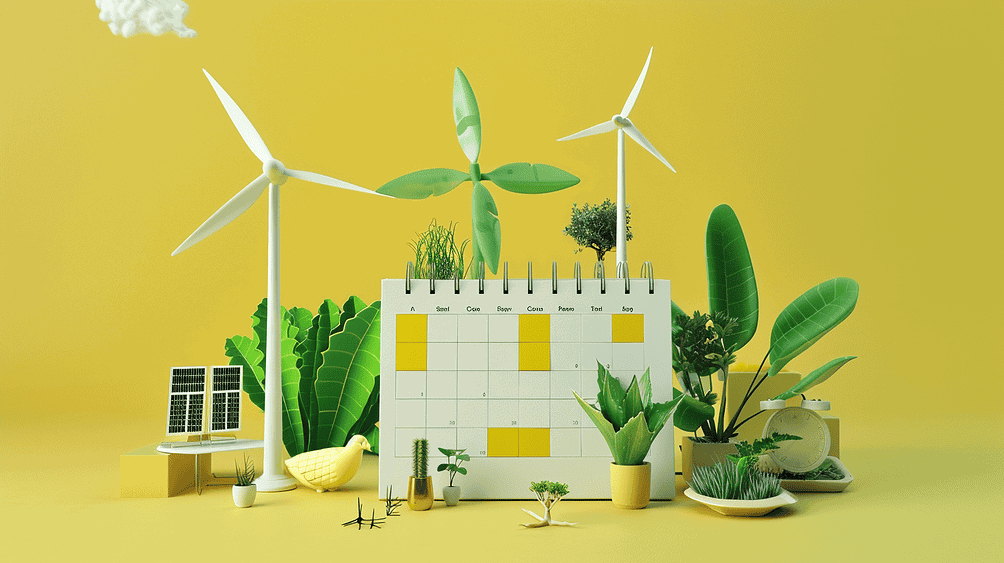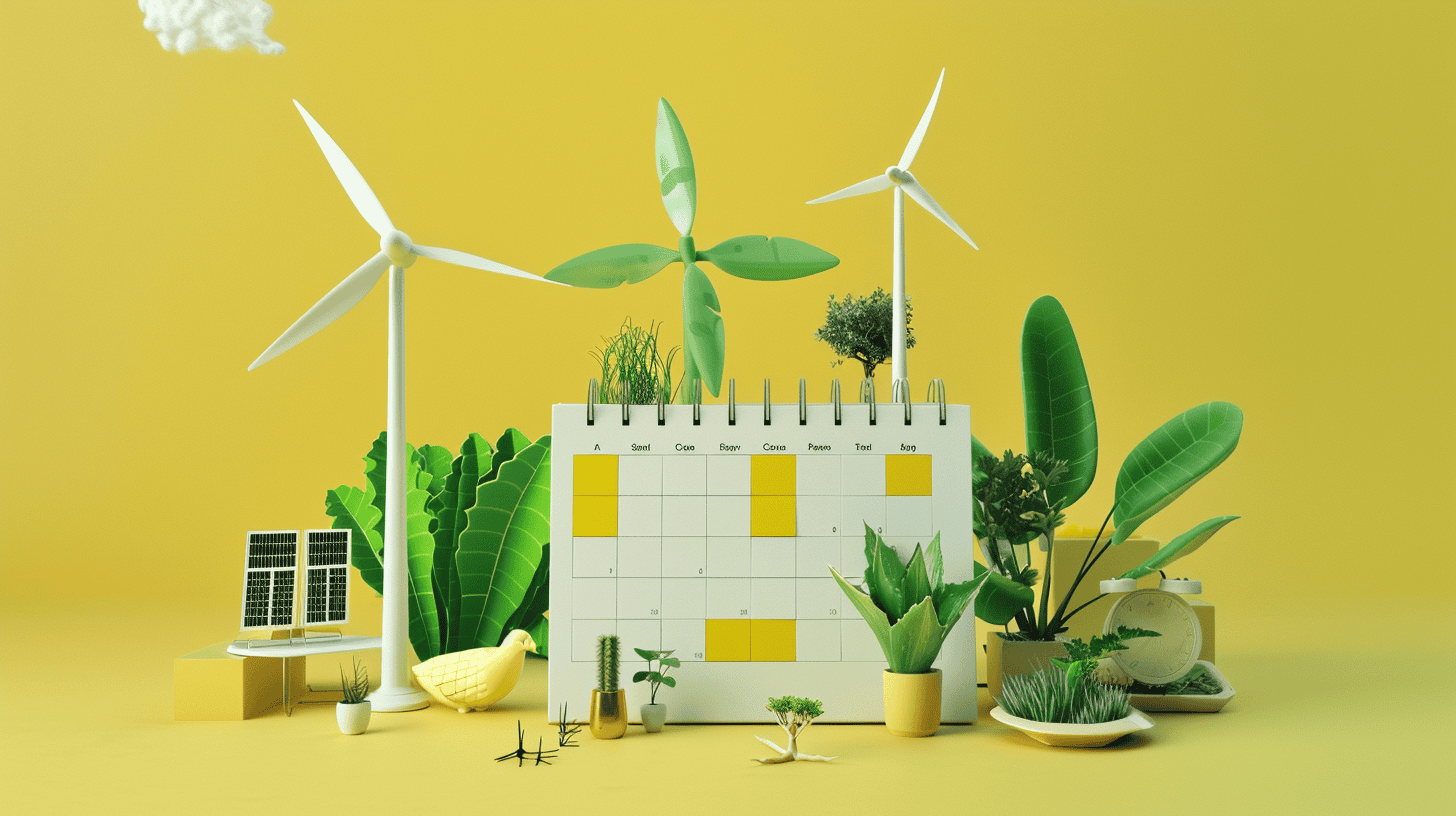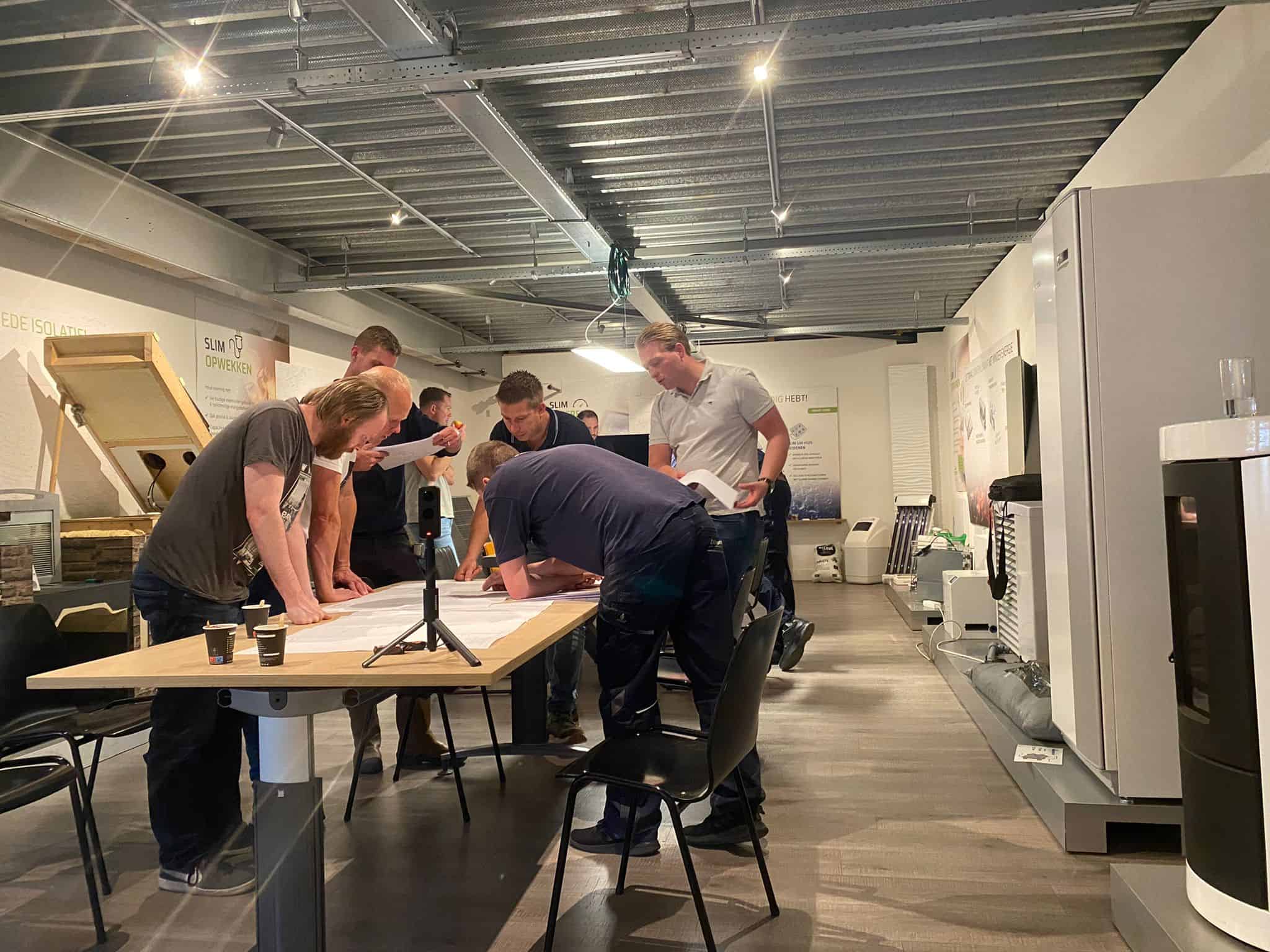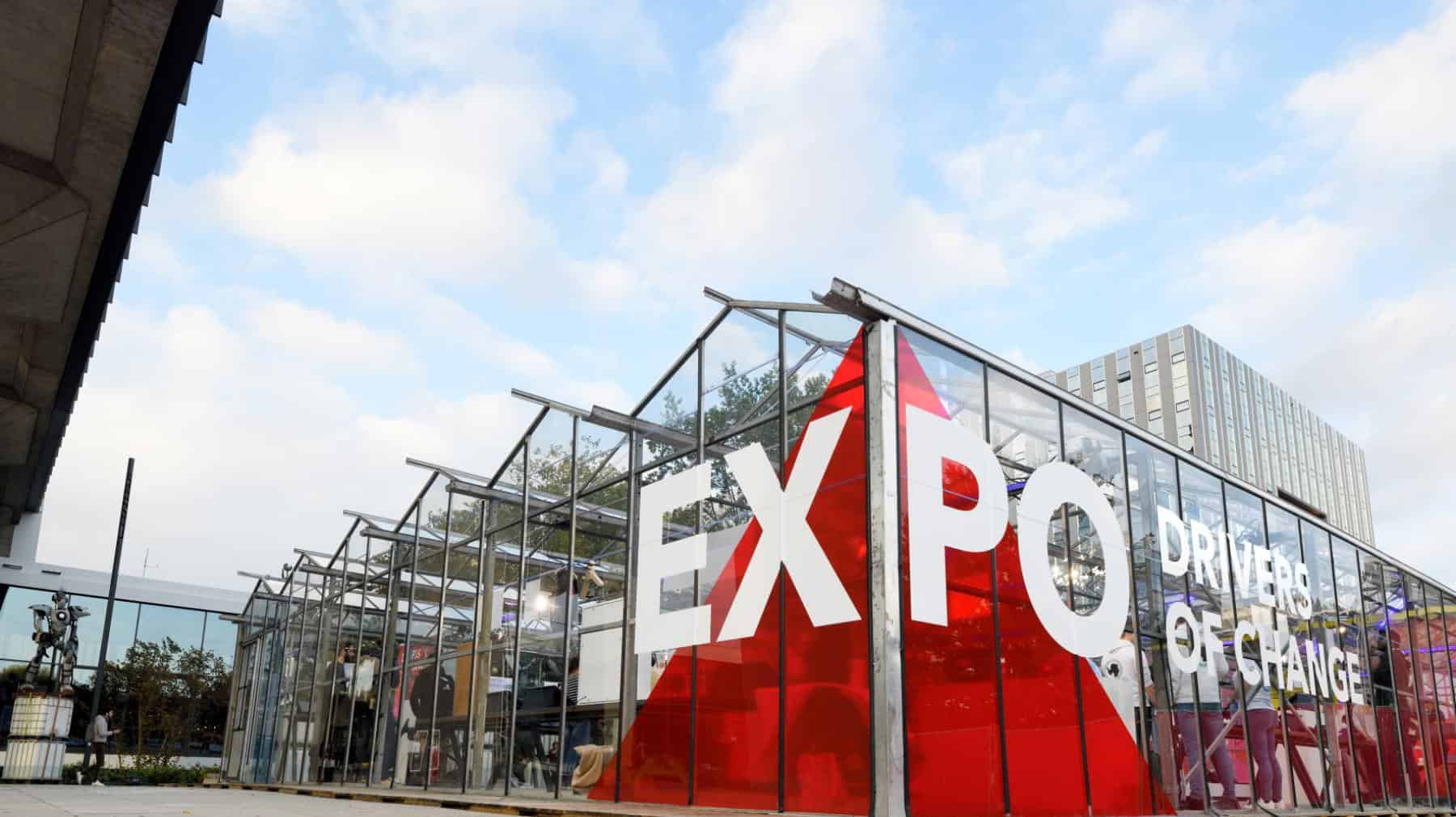
Housing built with leftover materials from saw offcuts, artificial wombs and a product that improves air quality by filtering microparticles out of the air. These are just some of the innovations you can check out at the Dutch Design Week (DDW) in the Dutch city of Eindhoven. Here, visitors gain an impression of what the future could look like. With projects that operate at the cutting edge of art and technology, the question being asked is how design contributes to an innovative future.
The largest design event in Northern Europe showcases the work and concepts of over 2,600 designers to more than 350,000 visitors from the Netherlands and abroad. Spread across around 120 locations throughout the city, DDW organizes and facilitates such things as exhibitions, lectures, network meetings, debates and festivities.
The eight-day DDW in Eindhoven kicked off on 22 October and runs until 30 October. Visitors can once again attend a variety of lectures and exhibitions during this year’s edition. The emphasis is mainly on designs of the future and the development of young talent. Out of all the 598 exhibitions, we have selected six that you ought not to miss.

Reverso
Our air quality is not improving. Airborne particulate matter, also known as smog, is caused as much as 55 percent by the wear and tear of car brakes, tires and asphalt. By installing Riverso on top of cars, the designers aim to improve the quality of life by establishing a local ecosystem where the carbon footprint is smaller.
“Reverso is a product that can be installed on a range of vehicles. It also comprises multiple filters that can filter microparticles from the air by harnessing the speed and aerodynamics of the vehicle,” designer Francisco Lara says.

You can find more information about this exhibition here.
EDAG CityBot
Genius ideas galore: EDAG’s CityBot is providing the smart city with smart mobility. Simply shutting down road traffic is not a solution for curbing rising traffic flows. The smog alarms, ever-increasing health risks and the declining quality of housing, living and work conditions prompted the Frankfurt FreeCity Campus to develop an emission-free, multifunctional and fully autonomous robotic vehicle.
“Whether it concerns a trailer or a backpack, it is thanks to autonomous, mechanical connectivity that modularity sets no limits on the number of possible applications and related business models. They have been integrated into the smart city of the future, enabling smart mobility to be a fully functional part of the smart city,” the developers reveal.
You can find more information about this exhibition here.
Repurposed wind turbine blades
Blade Made makes outdoor spaces ever more enjoyable. Discarded wind turbines have been transformed into a scalable outdoor installation that children can, for example, climb up on. Besides giving added social value to outdoor spaces, it is also an effective design strategy for promoting the reuse of obsolete wind turbines. After all, turbine blades have inherent properties that make them suitable as building elements.

“Blade Made seeks to create a system-wide shift in the wind industry to include reusability before recycling in their End-of-Life policy and seek their commitment to implementation concerning the use of as many scrapped blades as possible as valuable material for outdoor designs,” said a spokesperson for the co-founder Superuse.

You can find more information about this exhibition here.
Artificial womb
At the Embassy of Health, they are taking a step forward in the direction of 2050. Put a mushroom on your head and see how artificial wombs can carry full pregnancies to term. A visit to the monument, therefore, marks an important life event. For now, and the future.
“With this kind of speculative experience, we want to develop new ways of thinking about future reproductive scenarios and family relationships,” says designer Lisa Mandemaker. “How do we experience new forms of belonging and a feeling of being part of something bigger than ourselves?”

You can find more information about this exhibition here.
Personal snack vending machine
And we remain in 2050 for a little while longer, as the Embassy of Food is presenting its next project, The Deeply Personal Vending Machine. The Deeply Personal Vending Machine provides personalized nutritional advice on the basis of personal data. Through digital techniques such as facial recognition and heart rate monitors, the Vending Machine tracks is able to track personal data such as your weight, height, age, mood and heart rate
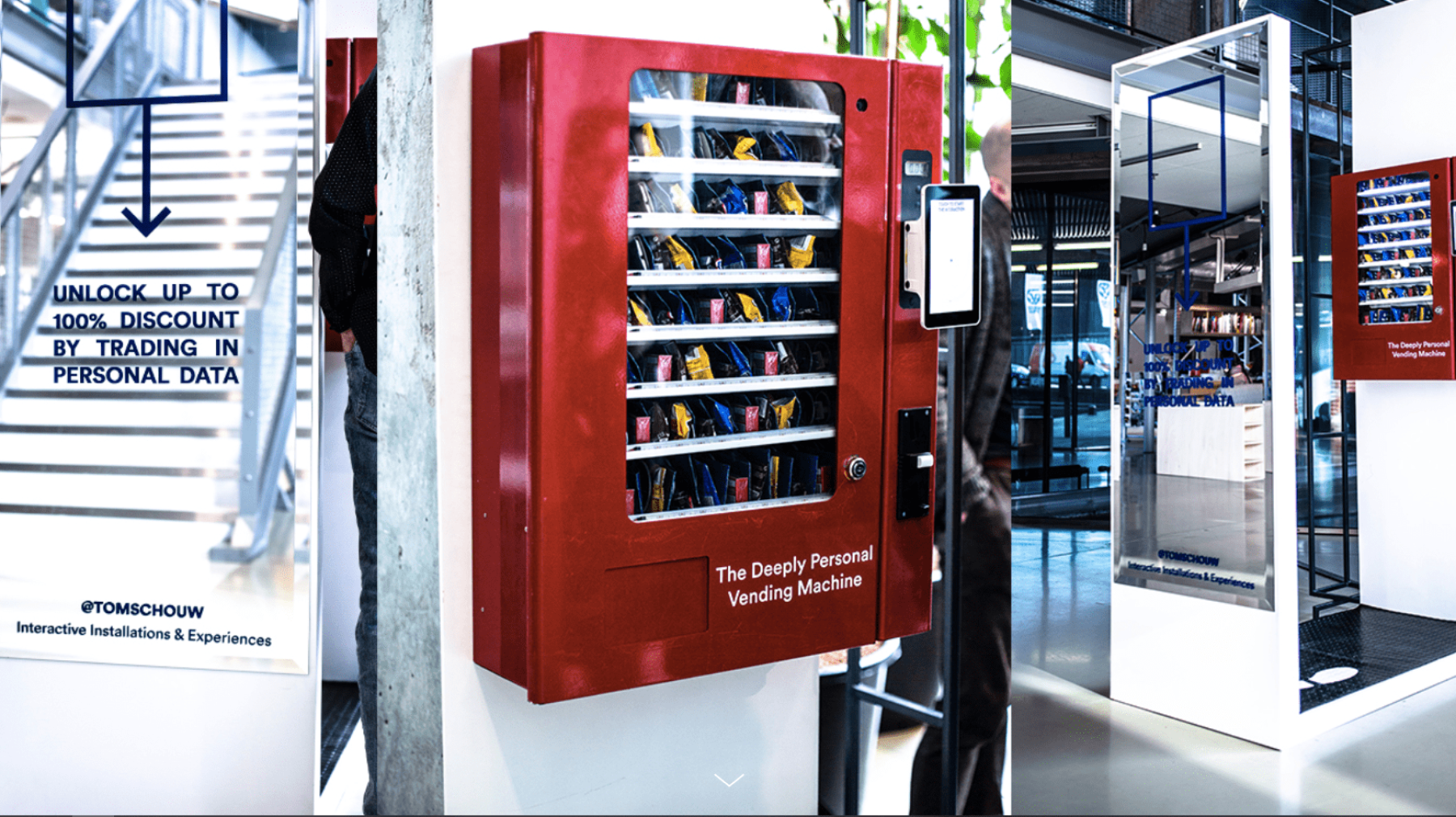
“You almost don’t have to do anything for it; just standing in front of the camera is enough. The machine lets you know which of the products best suits your state of health,” explains designer Tom Schouw. “I’ve got something for everyone: puffed rice for those with a high BMI, baby bell cheese for those with a low BMI, mixed nuts for those with a high heart rate, and dark chocolate for those who could use a little extra energy.
You can find more information about this exhibition here.
Roomy: room for peace and quiet
We are all familiar with it: the stress of holding a meeting at your kitchen table, or answering emails in the kids’ room. With Roomy, you can create your own work-life balance. At the same time, Roomy fights environmental pollution and makes climate change bit by bit more bearable.
“During the Dutch Design Week 2022, we are introducing the smallest and most understated version of our home building system Roomy in the form of a Plug & Play garden office. Sometimes your home is just too small. After all, working from home is a great idea, but being able to concentrate is not always that easy. Or perhaps you are looking for peace and quiet at home for another reason.”
What you also should check out no matter what: Roomy homes, as the circular solution for a peaceful space made from leftover saw offcuts. Discover at the DDW how this wooden module transforms your garden into a permanent haven for work and relaxation.
You can find more information about this exhibition here.



